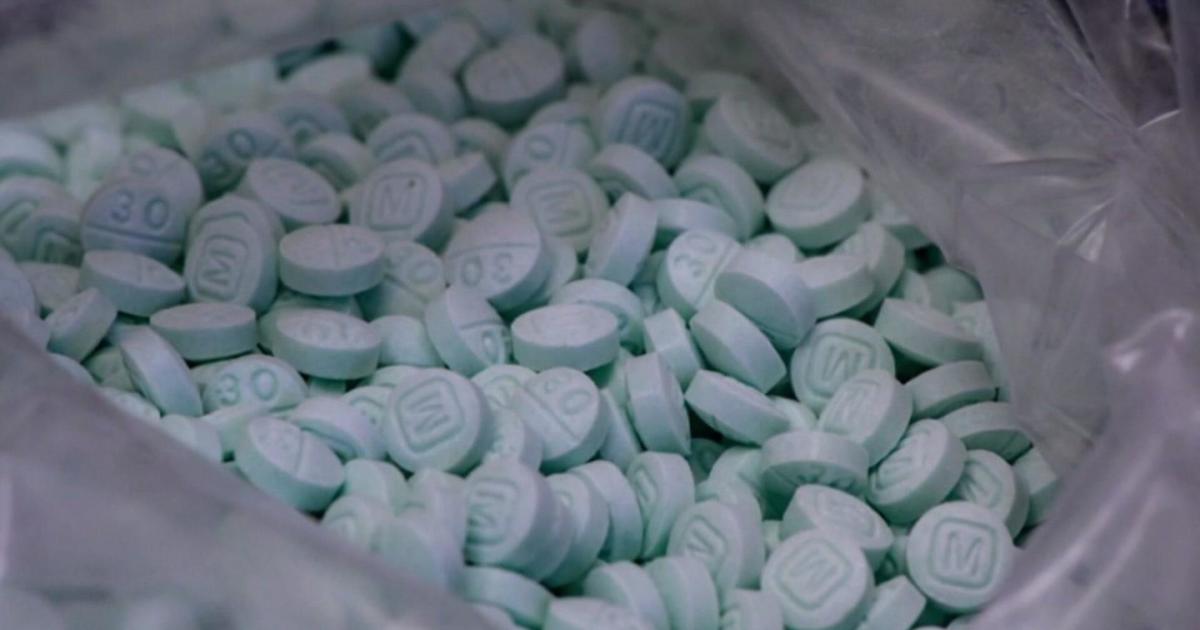MN Urges Farmers To Reduce Nitrate Runoff
ST. PAUL, Minn. (WCCO) -- Two major reasons Minnesota's corn and soybean farmers are so productive is the use of drain tiles in their fields, and nitrogen on their crops.
But the Minnesota Pollution Control Agency (MPCA) is now issuing a warning.
According to a 10-year MPCA study, water drainage from much of the state's cropland is having disastrous consequences on human and aquatic health.
As a lifelong farmer, Wayne Hallcock knows what it takes to grow healthy and high yields of corn and beans. It's no secret that liquid and dry nitrogen applications made several times a year will contribute to bumper crops.
"Our corn yields the past 30 years have almost doubled," Dakota County farmer Hallcock said.
But Hallcock also knows that putting an estimated 180 pounds of nitrogen per acre will add greatly to his production costs.
"We can't afford to send money where it's not doing corn or beans any good," he said.
What he's referring to is the loss associated with agricultural runoff. So the less fertilizer he uses, the lower his costs.
To accomplish that goal, Hallcock is experimenting with new ways to cut his nitrogen use 20 to 30 percent.
"To break it down three ways and cut that total application of pounds down -- that's the way to deliver what the corn plant needs and when it needs it," Hallcock said.
Beyond money, there's another reason farmers should reduce nitrogen use. The fertilizer runs off their farmland as nitrate and pollutes both ground and surface waters.
And that growing levels of nitrates in the state's lakes, rivers and drinking water has state regulators worried.
"Nitrogen applied to fields is going downstream," MPCA Commissioner John Linc Stine said. "That can have an impact on aquatic life, environment and the health of our citizens."
A 10-year study by MPCA researchers found 70 percent of nitrate runoff is coming from agriculture. Wastewater treatment plants and leaking septic systems contribute another 9 percent.
The highest levels of nitrate runoff occur in the corn-rich south central counties of the state.
Then it heads south.
"We see 158 million pounds per year on average leaving the state and heading down to the gulf," David Wall said.
In fact, nitrate concentrations are so great in the Gulf of Mexico it has created a "dead zone" the size of Massachusetts -- an area void of aquatic life and shellfish and an environmental catastrophe still in the making.
The state's initiative hopes to reduce nitrate runoff between 15 and 20 percent by adapting more efficient farming practices, including the pre-treatment or retention of water coming from farm drain tiles.



